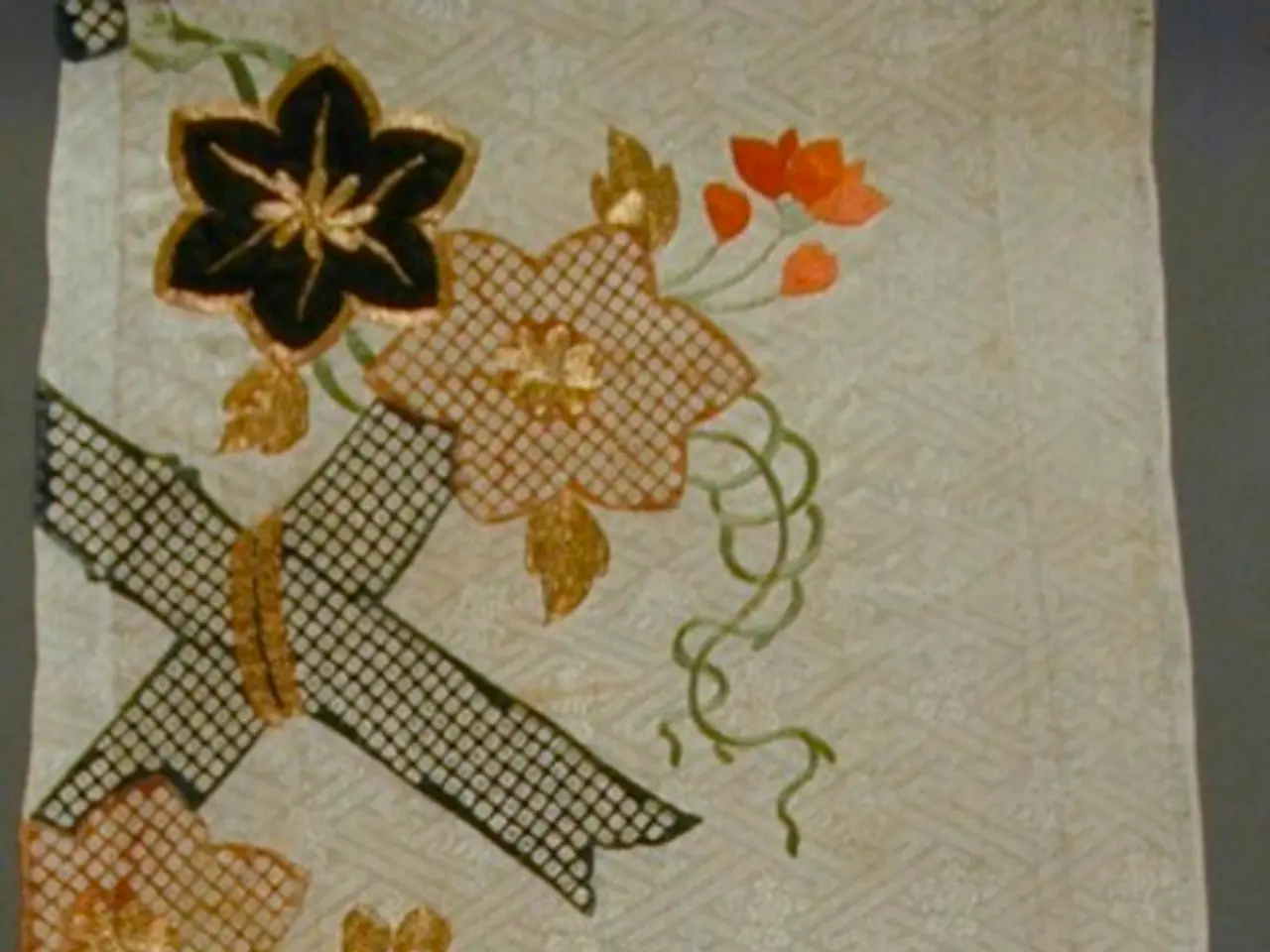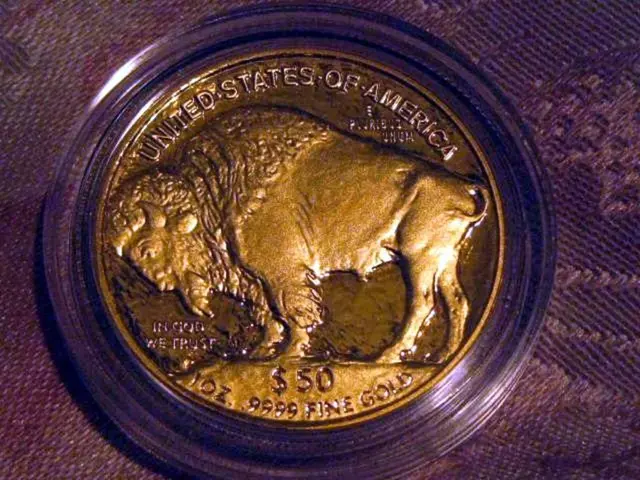Competitive Advantage for Vietnam's Textile Industry Through Implementation of a Circular Economy Approach
Vietnam's textile and garment industry is taking significant strides towards sustainable development by adopting the circular economy model. This approach focuses on minimising emissions, extending product life, and recycling waste, aligning with the EU Waste Framework Directive, REACH Regulation, and EU Strategy for Sustainable and Circular Textiles.
One of the key players in this transformation is Vinatex, a major player in the industry. Vinatex has established a research centre to develop functional fabrics and environmentally friendly products. The company has also been actively working towards reducing its environmental footprint, with green products accounting for 25% of its output as of 2024.
Embracing circularity in the textile and garment industry means eliminating virgin raw materials, reducing microfibre emissions, improving recyclability, and switching to renewable energy. Innovations in dyeing technology are being embraced to reduce water and chemical consumption while maintaining colour fastness. Last year, Vinatex produced 17,864 tonnes of yarn from recycled materials.
Another key player, Agtex 28, runs an integrated production line using state-of-the-art automated equipment. Agtex 28 plans to produce three million metres of tie-dyed fabric, 18 million metres of dyed fabric, and 2,500 tonnes of yarn annually.
The industry in Vietnam is also focusing on safe and non-toxic input materials for closed-loop manufacturing. This involves substituting conventional synthetic fibers with safer, renewable, and recyclable raw materials, eliminating hazardous substances, incorporating recycled polyester, designing products for durability, repairability, and recyclability, and collaborating between local fiber producers and garment manufacturers.
Vietnam's textile sector can meet EU regulatory requirements by ensuring all input materials are safe, non-toxic, traceable, and compatible with circular economy principles. This approach fosters sustainable export growth while complying with the EU Waste Framework Directive’s emphasis on waste prevention, REACH’s chemical safety rules, and the EU Strategy for Sustainable and Circular Textiles.
Vinatex, for instance, has adopted environmental, social, and governance principles. The company aims to achieve double-digit growth by 2030 through digitalization, green development, and circular production. Enterprises are gradually reducing the use of fossil-based polyester, increasing recycled polyester content, and exploring regenerated cellulose fibres as sustainable alternatives.
There is also a push to design mono-material garments, such as 100% cotton or 100% polyester, which are easier to recycle. The industry in Vietnam aims to increase the use of recycled polyester, viscose, and cotton. Biodegradable biopolymers are being explored to replace conventional plastics.
The manufacturing model is shifting from traditional CMT contracts to higher value-added forms. The industry aims to evolve into a high-tech, innovative sector by 2030. With these efforts, Vietnam's textile and garment industry is poised to make a significant contribution to sustainable fashion globally.
[1] Source: EU Strategy for Sustainable and Circular Textiles [2] Source: EU Eco-design for Sustainable Products Regulation (ESPR) [3] Source: REACH Regulation [4] Source: Digital Product Passport Initiative [5] Source: European Chemicals Agency (ECHA)
- The textile and garment industry in Vietnam is moving towards a sustainable future, adopting the circular economy model and aligning with EU regulations like the Waste Framework Directive, REACH, and the Strategy for Sustainable and Circular Textiles.
- Vinatex, a key player in Vietnam's industry, is leading the transformation, with a focus on developing functional fabrics, reducing environmental impact, and increasing the production of green products.
- Adopting circularity means eliminating virgin raw materials, reducing microfibre emissions, improving recyclability, and switching to renewable energy, while innovations in dyeing technology help reduce water and chemical consumption.
- Agtex 28, another major player, uses advanced automated equipment and plans to produce large amounts of eco-friendly fabrics and yarn annually.
- The industry is also focusing on safe and non-toxic input materials for closed-loop manufacturing, promoting the use of renewable, recyclable raw materials, and eliminating hazardous substances.
- Vietnam's textile sector can meet EU regulatory requirements by ensuring all input materials are safe, non-toxic, traceable, and compatible with circular economy principles, fostering sustainable export growth.
- Companies like Vinatex are adopting environmental, social, and governance principles, aiming for digitalization, green development, and circular production to achieve double-digit growth by 2030.
- The industry is pushing for the design and production of mono-material garments, as well as increasing the use of recycled polyester, viscose, and cotton, and exploring biodegradable biopolymers as alternatives to conventional plastics.
- The industry aims to evolve into a high-tech, innovative sector by 2030, with a shift from traditional CMT contracts to higher value-added forms, contributing significantly to sustainable fashion globally.
[1] Source [2] Source [3] Source [4] Source [5] Source




